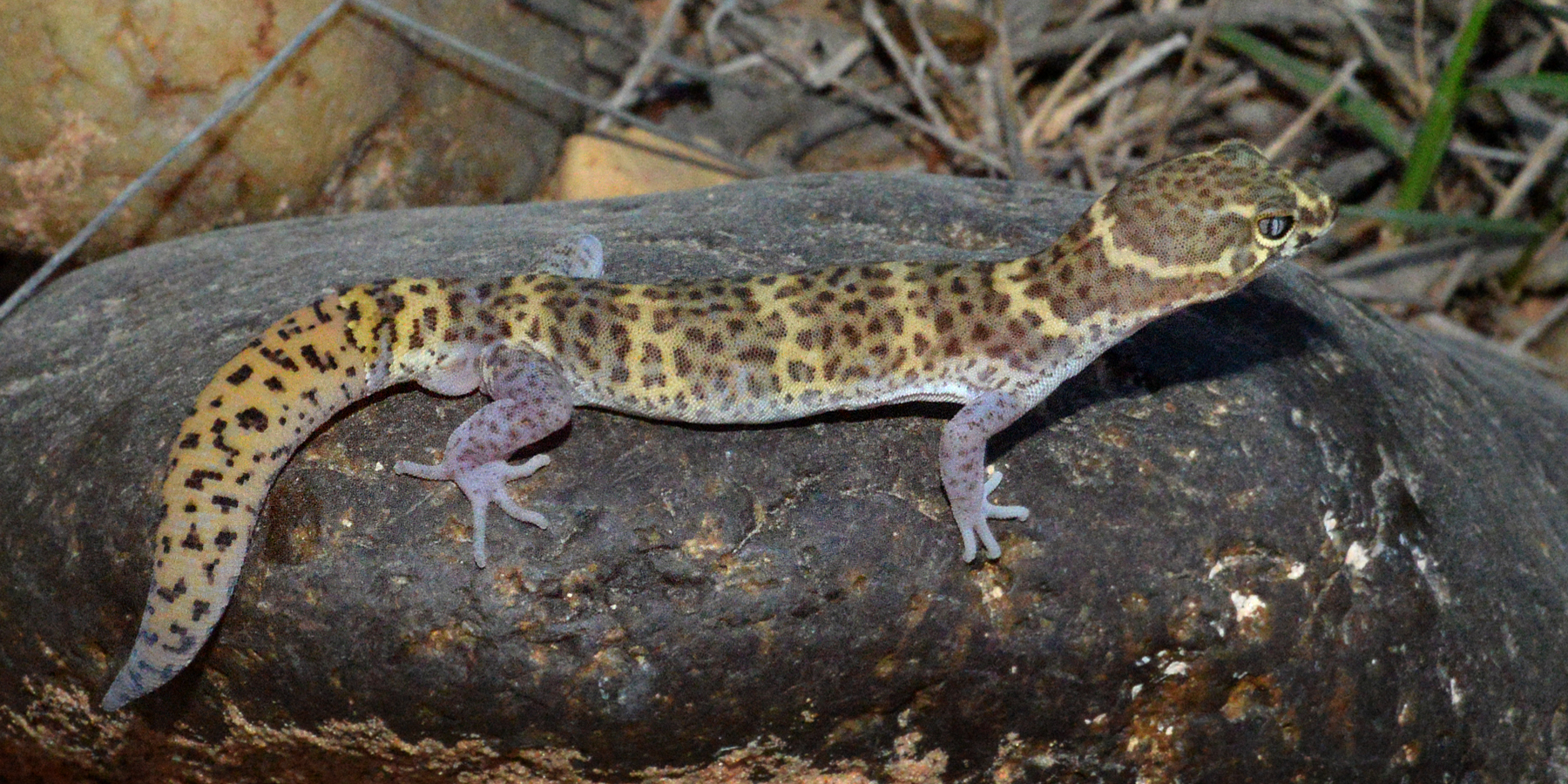|
Coleonyx Gypsicolus
''Coleonyx gypsicolus'', sometimes called the Isla San Marcos barefoot banded gecko is a gecko endemic to Isla San Marcos in Mexico Mexico (Spanish: México), officially the United Mexican States, is a country in the southern portion of North America. It is bordered to the north by the United States; to the south and west by the Pacific Ocean; to the southeast by Guatema .... It is sometimes considered a subspecies of Switak's banded gecko. References Coleonyx Reptiles of Mexico Reptiles described in 1988 {{gecko-stub ... [...More Info...] [...Related Items...] OR: [Wikipedia] [Google] [Baidu] |
Gecko
Geckos are small, mostly carnivorous lizards that have a wide distribution, found on every continent except Antarctica. Belonging to the infraorder Gekkota, geckos are found in warm climates throughout the world. They range from . Geckos are unique among lizards for their vocalisations, which differ from species to species. Most geckos in the family Gekkonidae use chirping or clicking sounds in their social interactions. Tokay geckos (''Gekko gecko'') are known for their loud mating calls, and some other species are capable of making hissing noises when alarmed or threatened. They are the most species-rich group of lizards, with about 1,500 different species worldwide. All geckos, except species in the family Eublepharidae lack eyelids; instead, the outer surface of the eyeball has a transparent membrane, the cornea. They have a fixed lens within each iris that enlarges in darkness to let in more light. Since they cannot blink, species without eyelids generally lick t ... [...More Info...] [...Related Items...] OR: [Wikipedia] [Google] [Baidu] |
San Marcos, Baja California Sur
San Marcos is an island located in the northern portion of Baja California Sur, México. It faces the town of Santa Rosalía on the Gulf of California near Isla Tortuga. The only town on the island is also named San Marcos. The island has a land area of 28.748 km² (11.100 sq mi), the 18th-largest island in Mexico. Its population as of the 2005 census was 425 inhabitants. It is part of the Mulegé Municipality. Geography San Marcos is located at . Access A 1,125 meter long private-use dirt airstrip is located on the South coast of Isla San Marcos. Small boats located in San Bruno ferry people to the island, and back from the island Attractions Fishing Fishing is the activity of trying to catch fish. Fish are often caught as wildlife from the natural environment, but may also be caught from fish stocking, stocked bodies of water such as fish pond, ponds, canals, park wetlands and reservoirs. ... is the main attraction, being roughly in the middle of the Gulf of C ... [...More Info...] [...Related Items...] OR: [Wikipedia] [Google] [Baidu] |
Mexico
Mexico (Spanish: México), officially the United Mexican States, is a country in the southern portion of North America. It is bordered to the north by the United States; to the south and west by the Pacific Ocean; to the southeast by Guatemala, Belize, and the Caribbean Sea; and to the east by the Gulf of Mexico. Mexico covers ,Mexico ''''. . making it the world's 13th-largest country by are ... [...More Info...] [...Related Items...] OR: [Wikipedia] [Google] [Baidu] |
Switak's Banded Gecko
Switak's banded gecko (''Coleonyx switaki''), also commonly known as the barefoot banded gecko, the barefoot gecko, and Switak's barefoot gecko, is a species of lizard in the family Eublepharidae. The species is indigenous to the extreme southwestern United States and adjacent northwestern Mexico. Etymology The specific name, ''switaki'', is in honor of German herpetologist Karl-Heinz Switak (born 1938).Beolens, Bo; Watkins, Michael; Grayson, Michael (2011). ''The Eponym Dictionary of Reptiles''. Baltimore: Johns Hopkins University Press. xiii + 296 pp. . (''Coleonyx switaki'', p. 259). Geographic range ''C. switaki'' is native to southern California in the United States and Baja California and Baja California Sur in Mexico. Habitat The preferred natural habitats of ''C. switaki'' are desert and rocky areas. Taxonomy ''Coleonyx gypsicolus'', which is endemic to Isla San Marcos in Mexico, is sometimes considered a subspecies of ''C. switaki''. Description ''C. switaki'' reac ... [...More Info...] [...Related Items...] OR: [Wikipedia] [Google] [Baidu] |
Coleonyx
''Coleonyx'' is a genus of terrestrial geckos commonly referred to as banded geckos. Species of ''Coleonyx'' are found in the southwestern United States, Mexico, and Central America. Banded Geckos enjoy dry, warm weather which is why they are typically found in the Peninsular Desert. They are relatively small lizards, measuring about inches in total length (including tail). They are nocturnal and are found primarily in dry, rocky habitats. Banded Geckos have preyed by snakes, their main predators being rattlesnakes and glossy snakes. Banded Geckos can decipher how they should react when they obtain a chemical cue based on their knowledge of the predator. A main resource they use to distract the predator is losing their tail or escaping quickly. Banded Geckos possess heteromorphic euchromatic sex chromosomes which play a large role in their historical contingency. Microsatellite distribution on sex chromosomes at different stages of heteromorphism and heterochromatinization in ... [...More Info...] [...Related Items...] OR: [Wikipedia] [Google] [Baidu] |
Reptiles Of Mexico
Reptiles, as most commonly defined are the animals in the class Reptilia ( ), a paraphyletic grouping comprising all sauropsids except birds. Living reptiles comprise turtles, crocodilians, squamates (lizards and snakes) and rhynchocephalians (tuatara). As of March 2022, the Reptile Database includes about 11,700 species. In the traditional Linnaean classification system, birds are considered a separate class to reptiles. However, crocodilians are more closely related to birds than they are to other living reptiles, and so modern cladistic classification systems include birds within Reptilia, redefining the term as a clade. Other cladistic definitions abandon the term reptile altogether in favor of the clade Sauropsida, which refers to all amniotes more closely related to modern reptiles than to mammals. The study of the traditional reptile orders, historically combined with that of modern amphibians, is called herpetology. The earliest known proto-reptiles originated around 31 ... [...More Info...] [...Related Items...] OR: [Wikipedia] [Google] [Baidu] |

